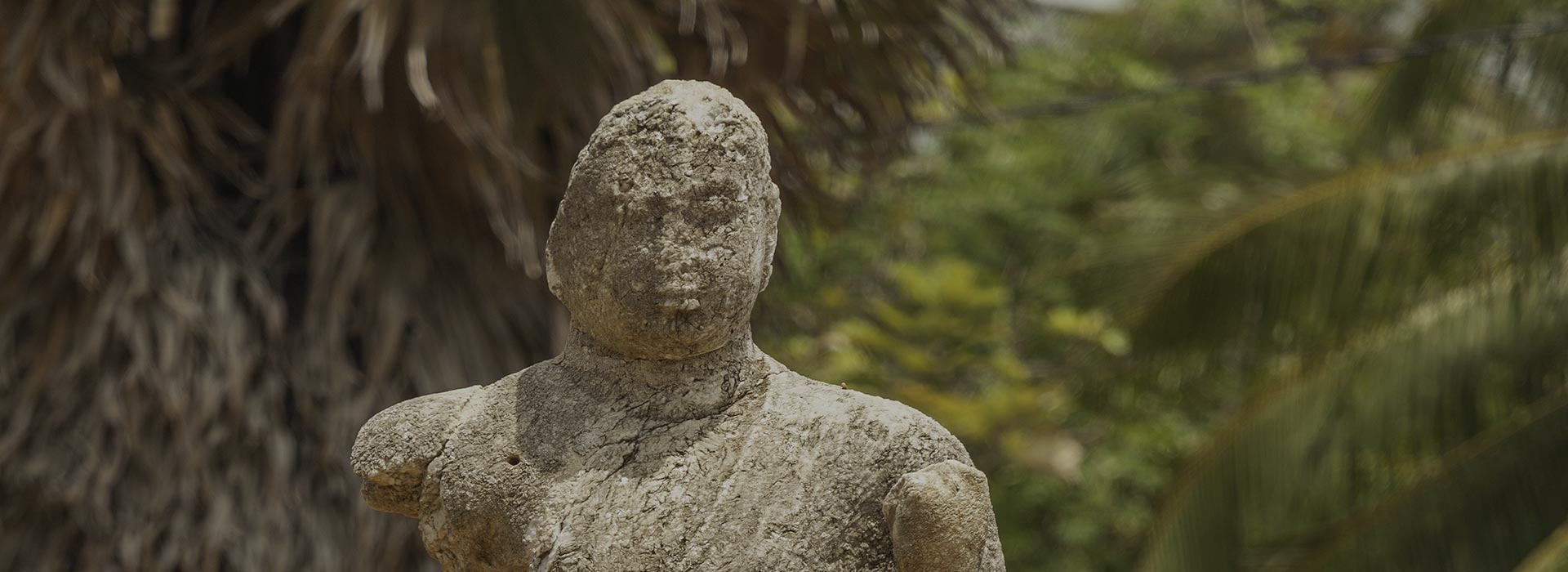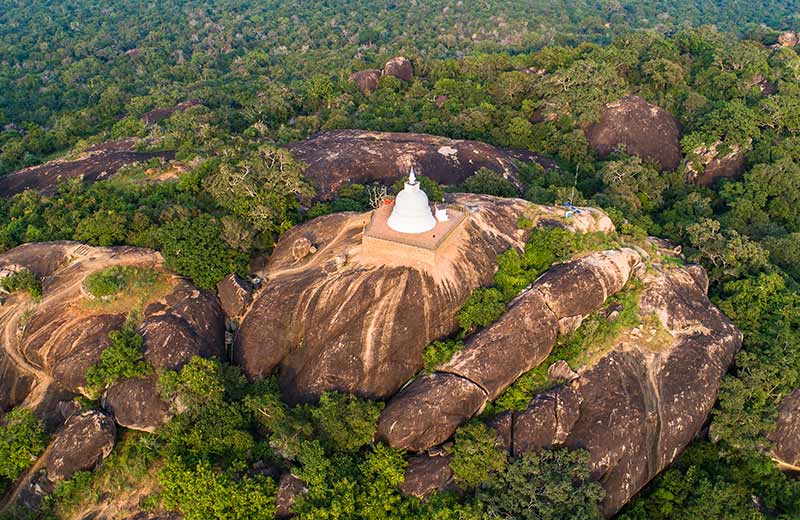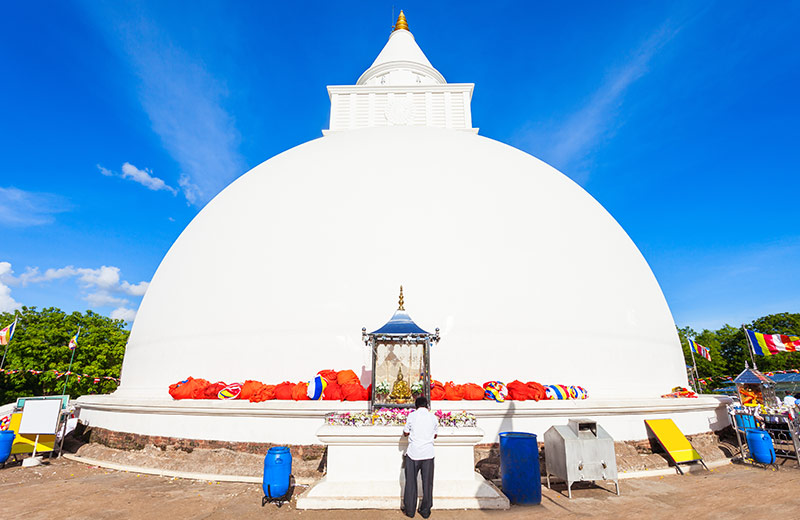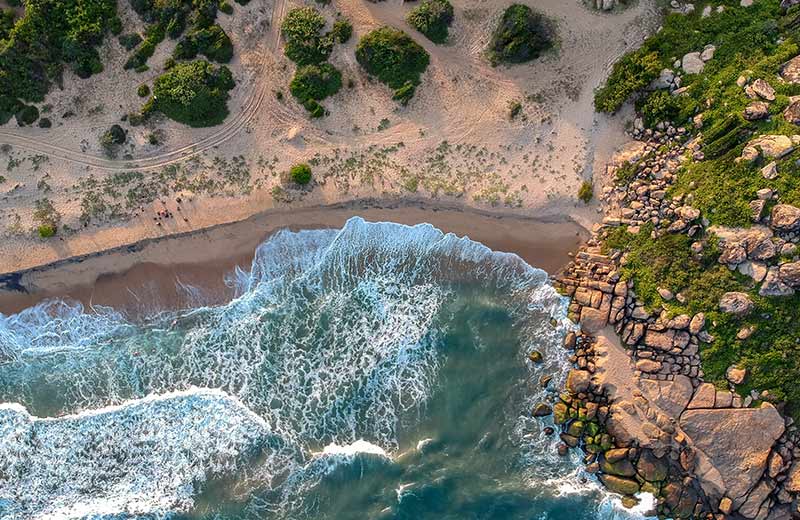Magul Maha Viharaya
The Magul Maha Viharaya is a protected archaeological monument located in Lahugala, 11 km from Pottuvil town and roughly a 4-hour drive from Yala. Those keen on exploring beyond Yala and its surroundings can embark on a day trip to this ancient temple. Lahugala was once part of the ancient Ruhunu Kingdom of Sri Lanka, and so, the Magul Maha Viharaya’s establishment—speculated to have been in the 2nd century BC—is linked to King Kavantissa, who ruled at the time.
Intriguing Origins
The ancient temple’s grounds also served as the site of King Kavantissa and Maha Vihara Devi’s wedding prior to its construction, which clarifies the temple’s name, as the word ‘Magul’ means ‘wedding’ or can refer to an auspicious occasion.
There’s some debate regarding who truly constructed this temple, with some sources claiming it was King Dhatusena, but in general, it’s accepted that King Kavantissa was responsible. Several monarchs had renovated the temple over the following centuries since it was built, and the temple remained a breath-taking sight throughout.
Highlighting Features
Among the ruins, the stupa, Bodhi tree, and the image shrine have been preserved well, along with the main gate and the wall that encloses the temple’s grounds. To access the stupa, you have to climb up three flights of stairs. Once at the top, you’ll be greeted by stone lions, who stand guard at the entrance.
The ruins of a shrine on the temple premises have a curious detail previously unseen anywhere else in Sri Lanka, which is that the moonstone at the entrance has images of elephants with riders on their backs.
The entire temple complex and its premises included, the Magul Maha Viharaya covers an astonishing 10,000 acres of land. So, if you’re into ancient architecture and would like to extensively view some of Sri Lanka’s most marvellous structures, a visit to the Magul Maha Viharaya is highly recommended.



